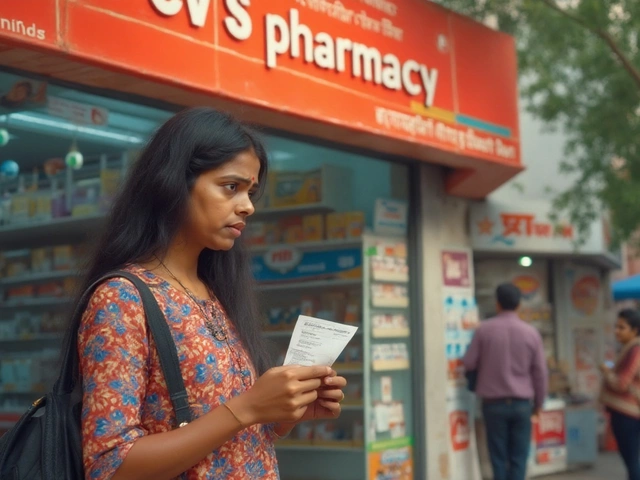Safest Diabetic Medicine: Low‑Risk Options for Indian Patients
If you have diabetes, the first thing on your mind is probably keeping blood sugar steady without feeling terrible. The good news is that several medicines in India are known for a clean safety record. In this guide we break down what makes a drug safe, which pills top the safety list, and how to pick the best fit for your lifestyle.
What makes a diabetes drug safe?
Safety isn’t just about “no side effects” – it’s about how often unwanted effects show up, how severe they are, and whether the drug can be used with other conditions you might have. A safe drug usually has:
- Low hypoglycemia risk: It shouldn’t drop blood sugar to dangerous lows, especially if you’re active or skip a meal.
- Minimal organ stress: Kidneys and liver handle the medicine well, so you don’t need extra tests.
- Clear dosing guidelines: Easy to start at a low dose and increase only if needed.
- Few drug‑drug interactions: Works with common heart, blood‑pressure, or cholesterol meds.
When a drug checks these boxes, doctors feel comfortable prescribing it to a wide range of patients, from young adults to seniors.
Top low‑risk diabetes medicines in India
Metformin is the global first‑line choice for Type 2 diabetes. It works by lowering glucose production in the liver and improving insulin sensitivity. Most Indian users experience mild stomach upset at the start, but that usually fades after a week. Because it doesn’t cause hypoglycemia on its own, it’s safe for people who exercise a lot.
SGLT2 inhibitors – drugs like empagliflozin (Jardiance) and dapagliflozin (Forxiga) – help kidneys dump excess sugar in urine. They have a low risk of low blood sugar and also cut heart‑failure risk, which is a bonus for older patients. The main thing to watch is hydration; staying well‑watered prevents urinary infections.
DPP‑4 inhibitors – sitagliptin (Januvia) and linagliptin (Tradjenta) – increase the body’s own incretin hormones. They are weight‑neutral and rarely cause low blood sugar. Side effects are usually limited to mild headache or sore throat.
Thiazolidinediones such as pioglitazone (Actos) are safe for many, but they can cause fluid retention, so people with heart failure should avoid them. When used with good monitoring, they are still considered low‑risk for blood‑sugar control.
For people who need a quick fix before meals, a short‑acting sulfonylurea like gliclazide (Diabex) can work, but it does carry a higher chance of hypoglycemia compared with the classes above. Use it only if other options don’t achieve target levels.
Choosing the right drug also means looking at your other health issues. If you have kidney disease, doctors may lean toward DPP‑4 inhibitors because they are easy on the kidneys. If you struggle with heart disease, an SGLT2 inhibitor offers extra protection.
Remember that lifestyle still matters. Even the safest pill can’t fix poor diet or lack of activity. Pair your medicine with a balanced Indian diet – plenty of fiber, less refined carbs, and regular walking – and you’ll see the best results.
Finally, always keep an eye on your blood‑sugar logs and any new symptoms. If you notice persistent nausea, swelling, or frequent urination, call your doctor. Adjusting the dose or switching to another low‑risk option can keep you on track without compromising safety.
In short, the safest diabetes medicines in India are those that control sugar without causing dangerous lows, don’t stress your kidneys or heart, and fit easily into your daily routine. Metformin, SGLT2 inhibitors, and DPP‑4 inhibitors usually top the list, but the final choice should match your personal health picture. Talk to your doctor, stay informed, and you’ll find a drug that helps you manage diabetes without the worry of serious side effects.

What's the Safest Diabetic Medicine to Take?
Choosing the safest diabetic medicine can feel like navigating a maze. With options like Metformin and various types of insulin, it is important to understand their effectiveness and safety. This guide breaks down the essentials, shedding light on the safest choices for managing diabetes today. Discover tips and interesting facts to help make informed decisions about your health.




